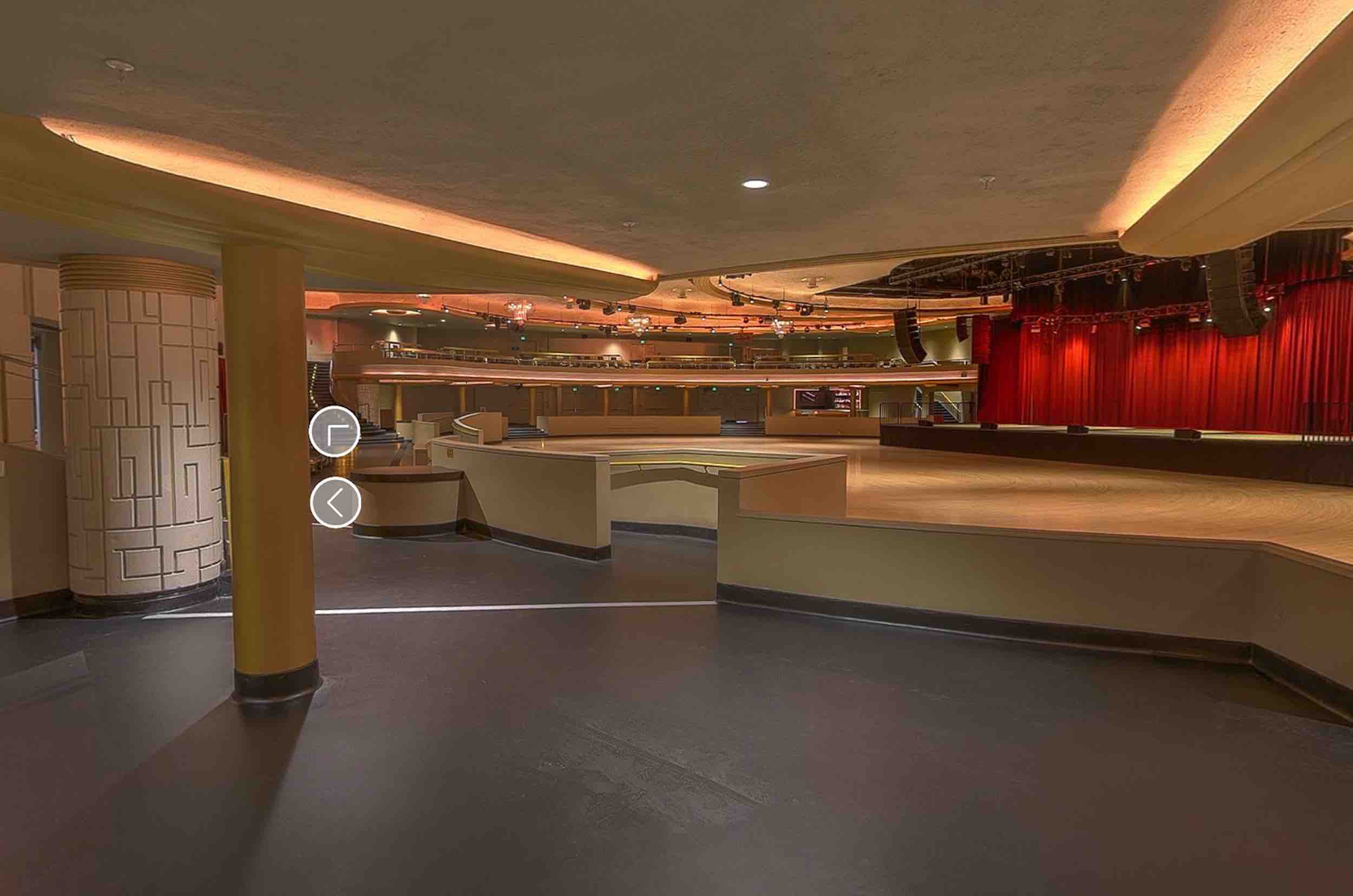In the ever-evolving real estate industry, technology continues to revolutionize the way buyers and sellers interact with properties. Among these innovations, 360 virtual tours have emerged as a game-changer, providing prospective buyers with an immersive and detailed view of properties from anywhere in the world.
In this blog, we will delve into how 360 virtual tours enhance the decision-making process in real estate, introduce fresh ideas, and offer advice to optimize their use for both buyers and sellers.
1. Immersive Exploration and Comprehensive Understanding:
360 virtual tours enable potential buyers to explore properties in a comprehensive and interactive manner. Unlike static images, these tours provide a true-to-life view of the property, allowing users to navigate through rooms, view the layout, and appreciate the spatial dynamics. This immersive experience helps buyers form a clearer understanding of the property’s potential, making it easier to envision themselves living in the space.
2. Time and Convenience:
With 360 virtual tours, buyers can evaluate multiple properties from the comfort of their homes, saving time and effort traditionally spent on physical visits. This convenience is especially beneficial for out-of-town or international buyers who may not have the opportunity to visit properties in person. By narrowing down their options through virtual tours, buyers can focus their physical visits on properties that truly meet their criteria.
3. Emotional Connection and Personalization:
Virtual tours can be enhanced with personalized features that allow buyers to customize the viewing experience. For example, buyers can visualize different furniture arrangements or explore potential renovations. This personalization fosters an emotional connection with the property, making it easier for buyers to imagine their future home and aiding in their decision-making process.
4. Seller Advantages and Competitive Edge:
For sellers, offering 360 virtual tours can set a property apart from the competition. These tours showcase the property in its best light, highlighting unique features and details that might be overlooked in traditional listings. Additionally, properties with virtual tours often receive more attention and engagement online, increasing the likelihood of attracting serious buyers.
5. Integration with Analytics and Feedback
:Integrating analytics into 360 virtual tours can provide valuable insights into buyer behavior and preferences. Sellers can track which areas of the property receive the most attention, allowing them to highlight these features in marketing materials. Furthermore, incorporating feedback mechanisms within the tour can help sellers address buyer concerns and make informed improvements.
Conclusion:
360 virtual tours are transforming the real estate decision-making process by offering an immersive, convenient, and personalized experience for buyers. By embracing this technology, both buyers and sellers can benefit from a more efficient, informed, and engaging property exploration process.
As the real estate market continues to evolve, integrating 360 virtual tours will become increasingly essential for those seeking to gain a competitive edge and enhance the property transaction experience. Whether you’re buying or selling, leveraging this innovative tool can unlock new possibilities and simplify the journey to finding the perfect home.







